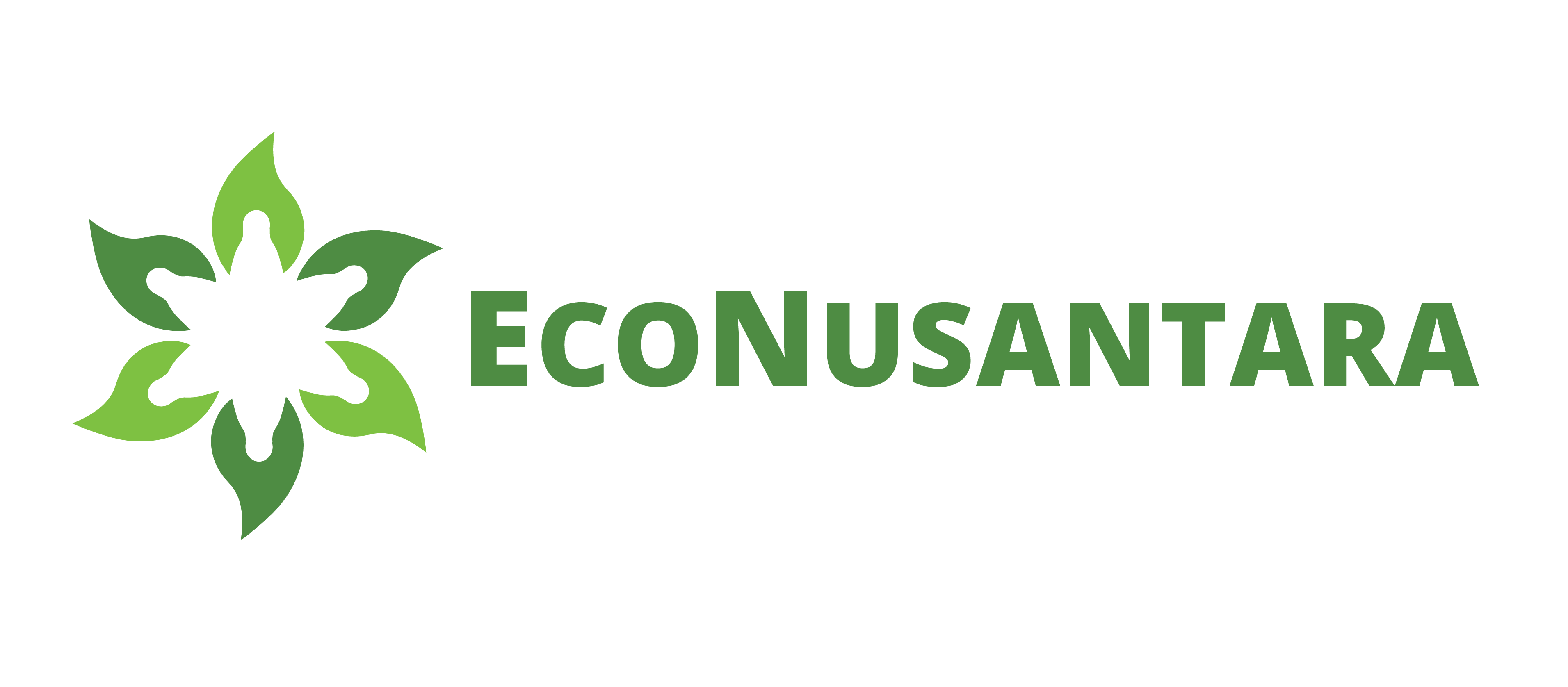For the last six years, about 164.000 hectares of land in Riau had been affected by forest and land fires, resulting in the emission of 136 million tons of CO2e. The indicated scope of the fire is based on data from the Ministry of Environment and Forestry, which is the sum of each year with the possibility of recurrence in the same place. Siak Regency, the only regency in Riau with regulations aiming toward becoming a green regency, claims to have succeeded in reducing the area of fires.
Siak Regency is one of the many regencies in Riau that contributes to the spread of forest and land fires. In the last six years, from the data collected by SiPongi of the Ministry of Environment and Forestry, 4.715 hectares of forest and land succumbed to fires in Siak. If we were to look at the record from 2015 to 2023, Siak experienced fires every year and contributed to the spread of deadly fumes that affect its populace. The largest spread of fire happened in 2016 with an area of 13.214 hectares.
Siak is a regency that is susceptible to fires, about 57,44% of its administrative area is peatland. As peatland is rich in carbon and biodiversity, the many human activities ranging from economic to industrial had long burdened these lands.
Albeit, in the last two years, the scope of forest and land fires in Siak has been reduced to “only” 18 and 37 hectares in 2023. This decrease in forest and land fires is deemed as the result of “development” brought about by the green regency regulations called Siak Hijau, or Green Siak, a much supported initiative.
“What we feel the most is the reduction in the rate of fires,” said Leonardus Budhi Yuwono, Head of the Siak Regional Development Planning Agency (Bappeda) to TangkasiID, early March in his office.
Siak, in 2014 and 2015 experienced severe forest fires. The National Disaster Management Agency (BPBN) said the accumulation of forest and land fires in Riau, including from Siak regency in 2014, had caused economic losses reaching 15 trillion rupiah. Meanwhile, in 2015 the Riau Chamber of Commerce and Industry said Riau’s economic losses reached 20 trillion rupiah and more than half a million people suffered from acute respiratory disease or ISPA.
This situation has encouraged the Siak government to engage more seriously in prevention and handling initiatives. Even further, when Siak was appointed as the host of the World Environment Day activities in 2016, the Siak Regent declared Siak as a green regency.
“(The forest fires) were very devastating in 2014, then in 2015 there was a handling. We must improve this nature with existing conditions like this. Finally, in 2016 Siak hosted World Environment Day,” Budhi told TangkasiID in his office in early March.
Siak is the only regency in Riau that implements a “green” policy by issuing Regional Regulation Number 4/2022 concerning Green Siak. Prior to that, the conception of Siak Green Regency was outlined in Regent Regulation Number 22 of 2018.
This policy emerged to answer the impact of population growth and economic needs on the environment. Thus, the Green Siak policy must be able to bridge economic problems and ecological sustainability at the same time.
“The initial idea of Green Siak is the welfare of the people in it and the preserved environment. So the environment is maintained, nature is maintained, the community is prosperous,” said Budhi.
In the Green Siak Regional Regulation, the government stipulates five spatial zoning including in the context of natural resource utilization. These zones are conservation zones, food crops, plantations and forestry, mining industry, and settlements that include customary areas.
In its implementation, each agency adjusts its program by referring to the achievement of the green district that has been stated in the Regional Medium-Term Development Plan. Budhi gave an example that the Agriculture Office has an obligation to ensure that oil palm plantations on peatlands remain wet. In addition, socialization related to replanting palm plantations must ensure that there is no increase in the size of the plantation.
“Palm trees that have already been planted in peat areas, the Agriculture Office must keep the peat wet,” he said.
In the context of peatlands, the Green Siak Regional Regulation encourages the sustainable use and management of peatlands. Two progressive policies prohibit the utilization of unencumbered peatlands. Meanwhile, on peatlands that have been burdened with permits but have not been utilized, the Green Siak Regional Regulation directs the area to maintain its condition as a forest area.
Siak Hijau’s commitment is inseparable from the support of environmental non-governmental organizations (NGOs) in Riau. The NGOs that partner with the Siak Government are organized in “Sedagho Siak” or Siak Brotherhood. There are 22 NGOs among which are locally based ones such as Perkumpulan Elang, Jikalahari and international ones including Greenpeace Indonesia.
“Initially, because there was a disaster (forest and land fires), we were assisted by several organizations. Sedagho Siak also helped a lot,” Budhi continued.
The collaboration between the government and NGOs, resulted in a strategic study of the regional condition and also a road map toward the betterment of the living environment in Siak. This collaboration is manifested in the form of joint programs. One of the NGOs that partnered with the Siak Government is Perkumpulan Elang. Their program is aimed at sustainable palm plantations.
Besta, Campaign and Publications Manager at Perkumpulan Elang states that the relationship between their NGO and the regional government has formed since long ago. Starting out as a group that criticized the government, they now collaborate to push for sustainable policies. One of the foremost collaboration programs is TAKE (Transfer Anggaran Kabupaten berbasis Ekologi or Ecological Based Regional Funds Transfering).
This program will provide incentives to village governments that are capable of protecting their environment. This program hopes to be able to provide support to village governments in building infrastructure oriented toward the living environment.
“In the context of policies, they (Green Siak) are now stronger. At least the policies at the OPD (Organisasi Perangkat Desa or Village Administrator) level can be utilized to promote sustainable values,” they said.
In addition to working with NGOs, the Siak District Government also partners with a number of corporations with activities in Siak. Companies that support the Green Siak policy, including Wilmar International, Riau Andalan Pulp and Paper, Sinar Mas Group and Kimia Tirta Utama (KTU) of Astra Agro Lestari (AAL) group are members of the Private Sector Coalition for Green Siak (KPSSH). KPSSH, which was also initiated by environmental consultancy EcoNusantara, declared their support for Siak Hijau in August 2019, or a year since the Green Regency commitment was issued in a regent regulation.
Khairul Basyar, Daily Chairman of KPSSH views that the Siak Hijau initiative is very good. There is actually no obligation for the private sector to be involved in the Green Siak initiative. However, companies that have business interests in Siak should support the Green Siak initiative. Because so far, the programs carried out by companies have also shown concern for the environment.
“The concept of Green Siak is quite good, especially since the national (government) has a commitment to reduce greenhouse gas emissions. This means that this green Siak is the one who does it faster. What will be done by the private sector is expected to be linked (connected) with the achievements of Green Siak,” he told TangkasiID in Pekanbaru recently.
Wilmar Indonesia’s Head of Sustainability, Pujuh Kurniawan said that although Wilmar does not have its own oil palm plantation in Siak Regency, the Green Siak initiative is in line with the company’s commitment. Since 2013, Wilmar has publicly announced its No Deforestation, No Peat, No Exploitation (NDPE) policy. The policy, which was updated in 2019, applies to the entire supply chain of Wilmar’s business. This has prompted the company to ensure that its palm oil supply chain complies with the requirements of its NDPE commitments.
“We don’t look at it piece by piece. The business in Wilmar starts from upstream, downstream, refinery. We also have a palm oil mill (directly operated/owned by Wilmar) and 10 independent palm mill units. These 10 are the ones that receive supplies from independent smallholders. That’s what we are thinking about,” Pujuh said in Pekanbaru in early March.
In the context of Green Siak, one of Wilmar’s commitments is to maximize the economic impact on the community, in this case in Siak Regency. Because according to him, data from the Siak Agriculture Office states that the total area of oil palm plantations in Siak is more than 328 thousand hectares. About 30 percent of that area, namely 120 thousand hectares, is managed by the company. While the remaining 208 thousand hectares are community palm plantations or independent farmers.
Of the number of independent palm plantations, only 14 percent are ISPO certified. Meanwhile, the Siak government has targeted that all palm plantations in Siak must be ISPO certified by 2025. This certification target is stated in the Siak Regent Regulation Number 106/2023 concerning the Regional Action Plan for Sustainable Palm Plantations for 2023-2024.
“That’s where we have the independent smallholders (program). That’s why we took the initiative to give them attention because before this they were an afterthought,” said Pujuh.
Besta from the Perkumpulan Elang cautioned against the company’s CSR (Corporate Social Responsibility) program that is wrapped in sustainability and pinned as support for the Siak Hijau program. According to him, the company’s CSR program cannot be claimed as a Green Siak initiative. Because CSR already has obligatory rules for companies.
“CSR, whether or not there is (the) Green Siak initiative, must be issued. With the (initiative) Green Siak, don’t claim the CSR as (the) Green Siak (program),” he said.
Arpiyan Sagita from the Riau Forest Rescue Network or Jikalahari also stated that programs made by companies to the community might be claimed as support for the Green Siak initiative. But the most important thing for him is the corporation’s commitment to ensure that its concession area no longer burns.
“Can it (the company) provide assistance to cooperatives, but they still commit burning, can it be considered (supporting Green Siak)?” said Arpiyan.
Regarding the commitment of companies in Siak for Green Regency, Head of Bappeda Siak Budhi emphasized that companies must protect their concessions from the threat of forest fires and improve the welfare of the people living around the company.
“Their commitment is how they keep their land from fires. They must also commit to how to improve the surrounding community to be equally prosperous with them,” said Budhi. (*)

